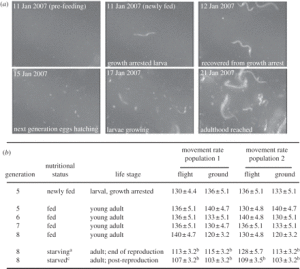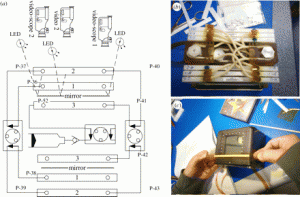Effects of harsh space environment elements such as radiation or microgravity on human health are seen as one of the major obstacles for future deep space missions or possible space colonization. Now an international scientific team has used soil worms of the species Caenorhabditis Elegans grown in Low Earth Orbit to determine how much an organism can adapt to living in space. The results of the study were published in a recent issue of the Journal of the Royal Society Interface.
Researchers believe that even though a very simple organism, the soil warm can serve as an animal model to study space related changes in all kinds of living organisms. Past spaceflight studies on C. Elegans showed that the worms and human astronauts suffer similar alteration in muscle protein synthesis in the microgravity environment. Therefore the worms seem to be a promising and cost effective model for detecting, understanding, and mitigating some of the biological consequences of long-duration exploratory missions.

Normal developlment of worms was observed aboard ISS (Credits: Journal of the Royal Society Interface).
An automated culturing system was placed on the ISS for 6 months producing over 12 generations of the multi-cellular soil worms. The creatures were developing from egg to adulthood and produced progeny with identical timings as they do on Earth. They also displayed normal rates of movement when fed properly, similar declines in movement when kept starving and appropriate growth inhibition as a result of starvation. When fed again, they returned to their normal growth just as they do on Earth.
The experimental system developed by the US/UK team can be incorporated on future, unmanned interplanetary missions and could be used to study the effects of long duration space flight on all types of biological processes. Using soil worms is convenient as they are easy to grow in culturing systems and produce many generations in a short period of time. According to scientists involved, future findings might help to refine and improve the efficacy of new life support systems and radiation shielding technologies.
The video below shows spiders, another subject of space environment biological studies, born aboard ISS
[youtube http://www.youtube.com/watch?v=_B_XQF0rJRk]
















































![A trajectory analysis that used a computational fluid dynamics approach to determine the likely position and velocity histories of the foam (Credits: NASA Ref [1] p61).](http://www.spacesafetymagazine.com/wp-content/uploads/2014/05/fluid-dynamics-trajectory-analysis-50x50.jpg)



cool story bro